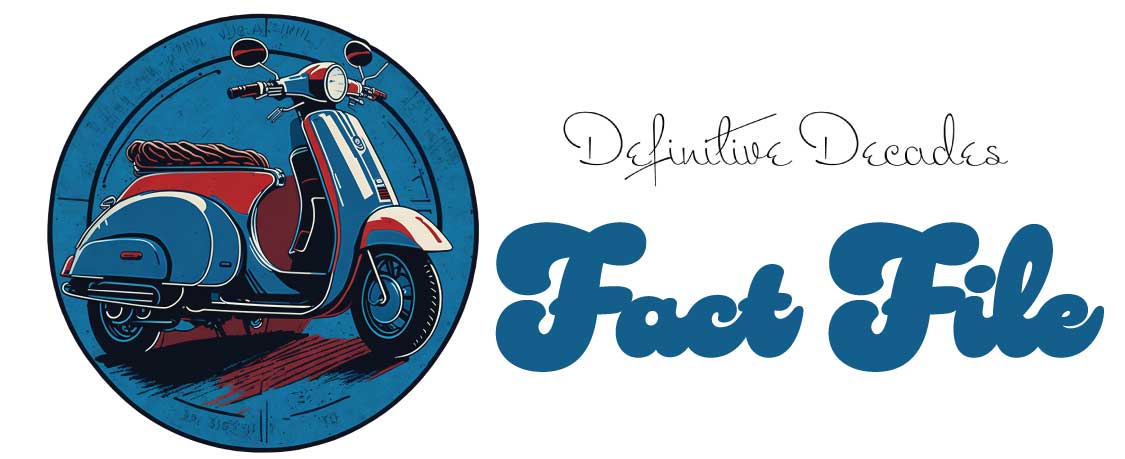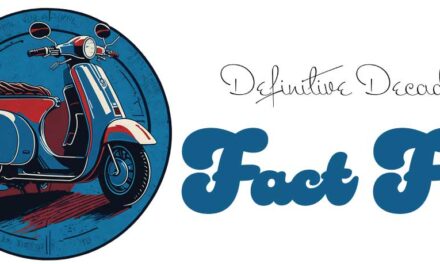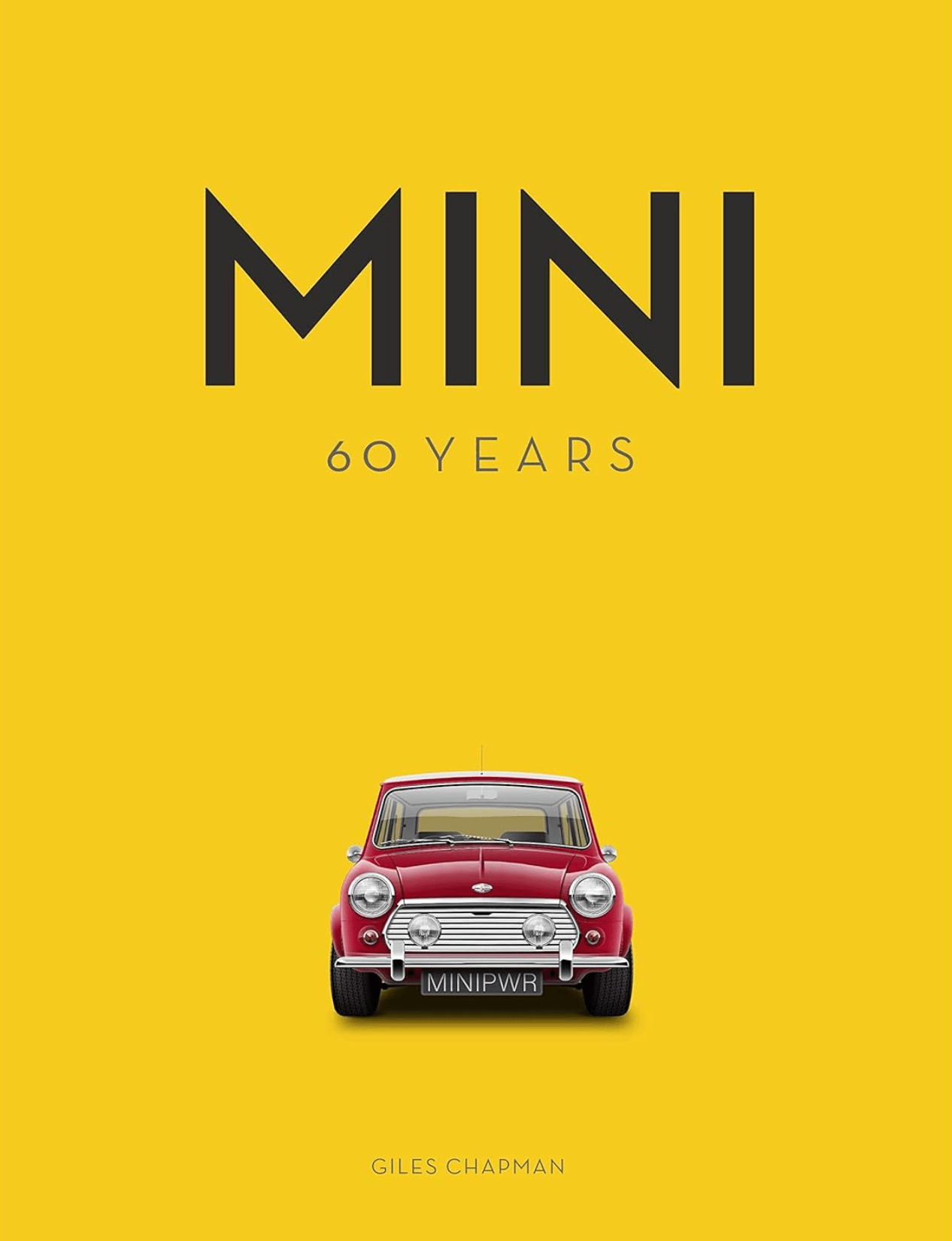Title: Batman (1966-1968) – Inventing the Caped Crusader for Television
Introduction:
Batman is an iconic television series that aired from 1966 to 1968, captivating audiences with its unique blend of action, adventure, and campy humor. This superhero show quickly became a cultural phenomenon, captivating viewers with its memorable characters, colorful sets, and catchy theme song.
Background:
Created by William Dozier and based on the DC comic book character, Batman was produced by 20th Century Fox Television. The show was developed by Dozier, along with writers Lorenzo Semple Jr., Stanley Ralph Ross, and Charles Hoffman. With its vibrant visuals and tongue-in-cheek approach, Batman aimed to entertain viewers of all ages.
Plot and Format:
The show follows the adventures of Batman, also known as millionaire Bruce Wayne, played by Adam West, and his ward Robin, portrayed by Burt Ward. Set in Gotham City, the dynamic duo fights crime and protects the innocent from a colorful array of supervillains, including The Joker, The Penguin, Catwoman, and The Riddler. Each episode typically follows a villain’s plan, Batman and Robin’s investigation, and their eventual capture of the criminal.
The show’s format is episodic, with self-contained storylines that focus on Batman and Robin’s crime-fighting efforts. The plots often feature exaggerated and comic book-like scenarios that contribute to the show’s campy charm. The series incorporated on-screen graphics, playful sound effects, and cliffhangers to maintain audience engagement.
Cast and Characters:
The series featured a stellar cast that brought the beloved Batman characters to life. Adam West portrayed Batman/Bruce Wayne with his distinctive firm voice and charismatic presence. Burt Ward delivered a youthful exuberance as Robin/Dick Grayson, providing a perfect counterbalance to Batman’s seriousness.
The show also introduced several notable villains played by celebrated actors. Cesar Romero brought a maniacal energy to The Joker, while Burgess Meredith gave The Penguin a playful yet menacing demeanor. Julie Newmar and Eartha Kitt portrayed Catwoman with their seductive and enigmatic performances. Frank Gorshin left an unforgettable mark as The Riddler with his manic portrayal.
Reception:
Batman became an instant hit with fans and audiences, receiving widespread acclaim for its unique blend of action, humor, and vibrant visuals. The show earned two primetime Emmy Award nominations and a Golden Globe nomination. It notably won a Primetime Emmy Award for Best Comedy Series in 1966.
The series quickly gained a dedicated fanbase, attracting viewers of all ages. Batman’s popularity extended beyond television, with merchandise ranging from toys and clothing to lunchboxes. The catchy theme song, composed by Neal Hefti, became an instant classic and further solidified the show’s cultural impact.
Legacy:
Batman’s success on television paved the way for future adaptations of the iconic superhero. The show’s campy and lighthearted tone left a lasting impact on the character’s portrayal across various mediums. Despite the show’s initial cancellation in 1968, it has continued to find new audiences through syndication and home video releases.
The show also spawned a feature film titled “Batman: The Movie” in 1966, which brought together the iconic villains in a thrilling battle against Batman and Robin. The film captured the essence of the television series and further emphasized its cultural impact.
Conclusion:
Batman remains a landmark television series that brought the caped crusader to life in a fun and accessible way. Its unique blend of action, humor, and vibrant visuals captivated audiences and solidified Batman’s cultural significance. With its unforgettable characters, memorable catchphrases, and lasting legacy, Batman continues to be celebrated as one of the most beloved and influential television shows of all time.












